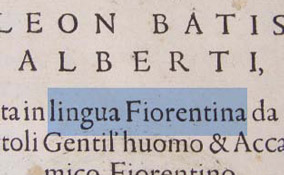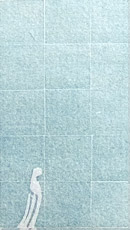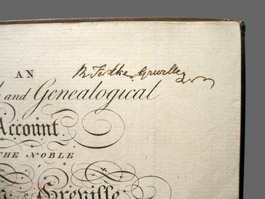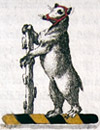Level 1: Access to the textual/illustrative material in the imaged item
• Thumbnails, miniatures of each page view, link directly to the corresponding image.
• Bookmarks form a text-based index of content that links to page views. Bookmarks may be developed as nested hierarchies and are concise for quick scanning; they are language-specific to the original and can be readily translated into other languages.
Level 2: Bibliographical and supplementary material (text and images) that label and describe the image content
• Text and images describing the owner of the imaged item(s) (i.e., institution, library, private collection).
• Binding description, where applicable — includes size, materials, decoration, style, flaws, etc.
• Collation statement detailing each leaf of the book relative to the gatherings as they were positioned at the bindery; photographs, manuscripts, maps, and prints each have a specific descriptive heritage and those conventions are observed.
Level 3: Search functionality, i.e. text that makes the content of the image text fully searchable
• Transcription of the text of the imaged book or manuscript. Images salient to the content, such as illustrations the text is describing, are included in transcriptions. Transcriptions are provided when the original text is in an antiquated language, when illegible penmanship needs deciphering, or when search capabilities are wanted.





